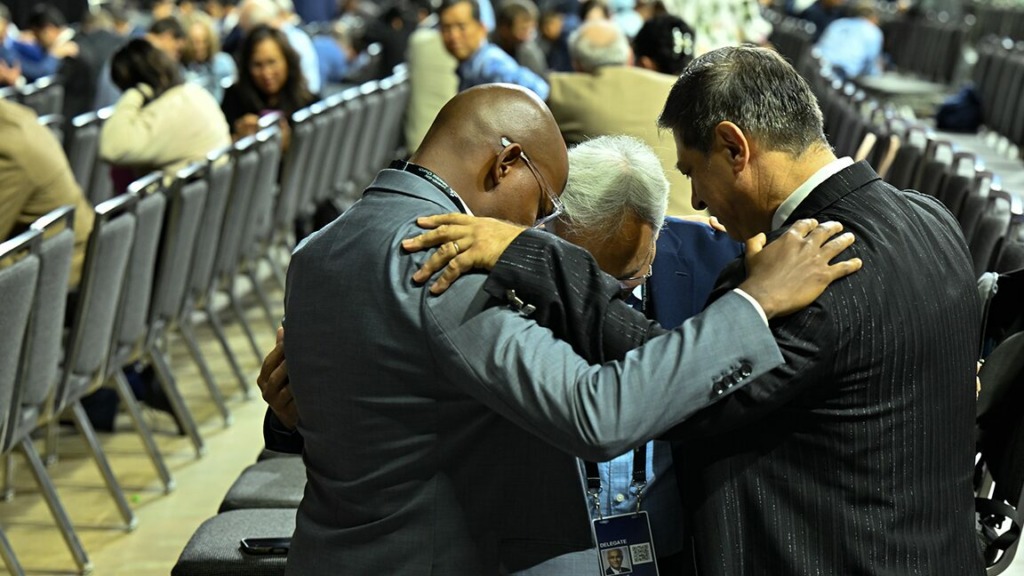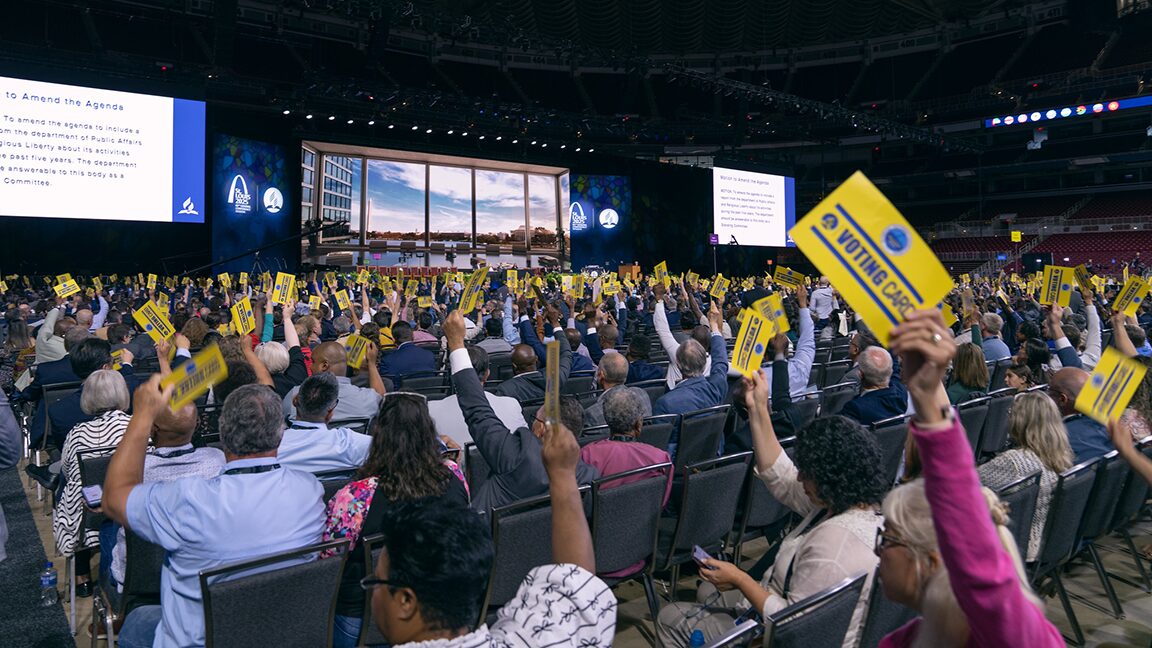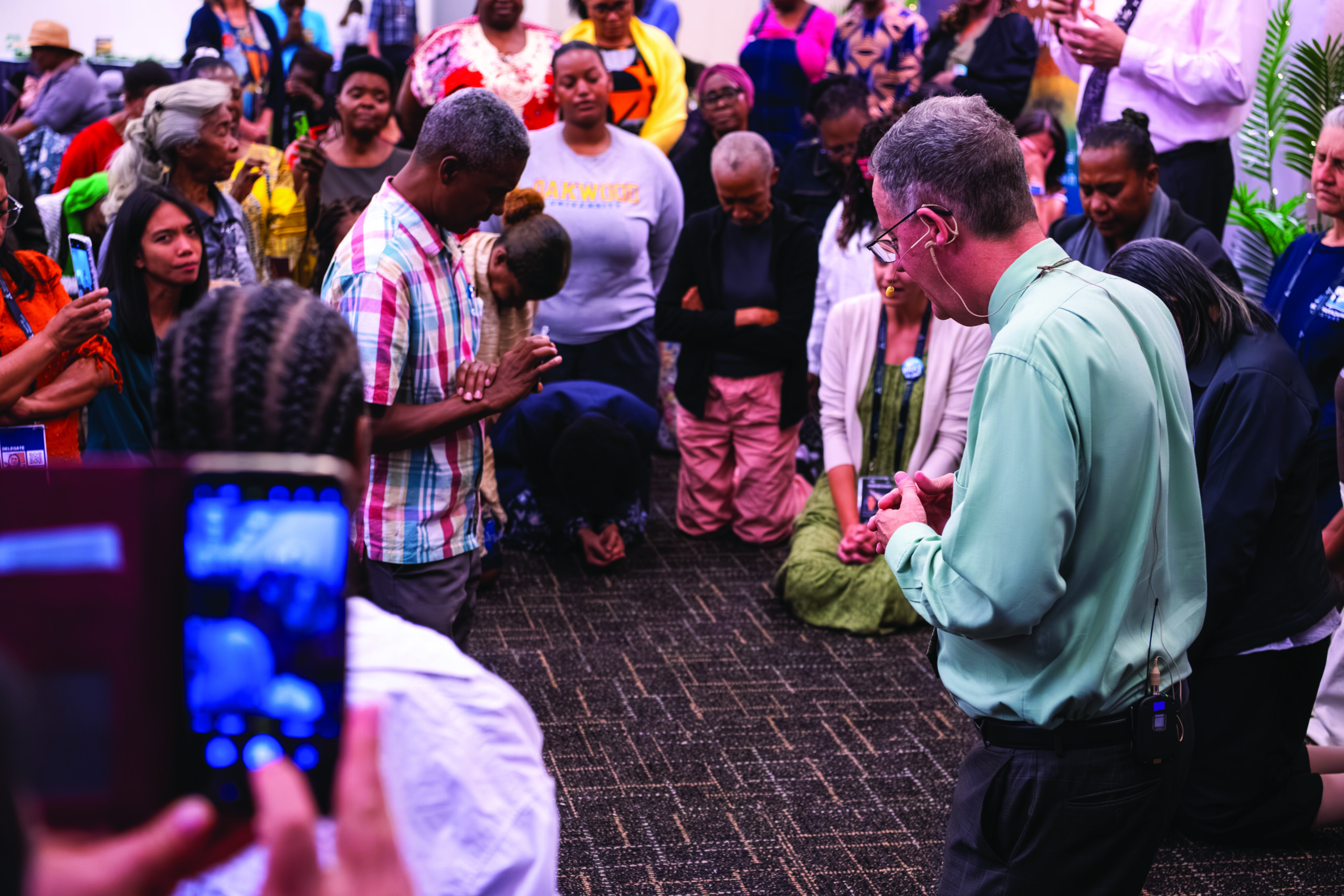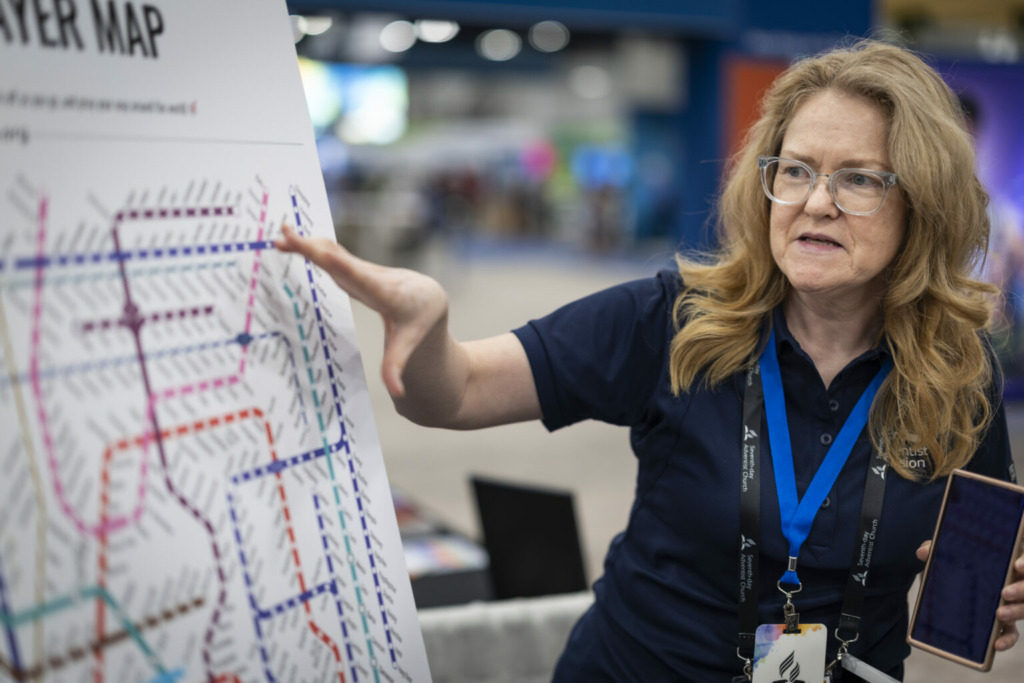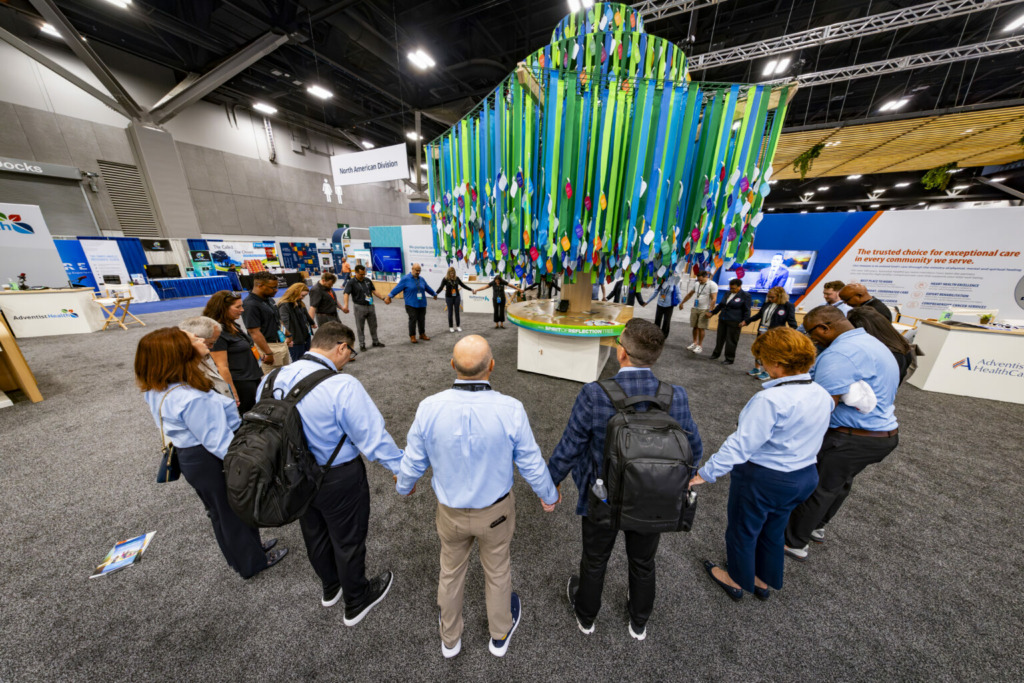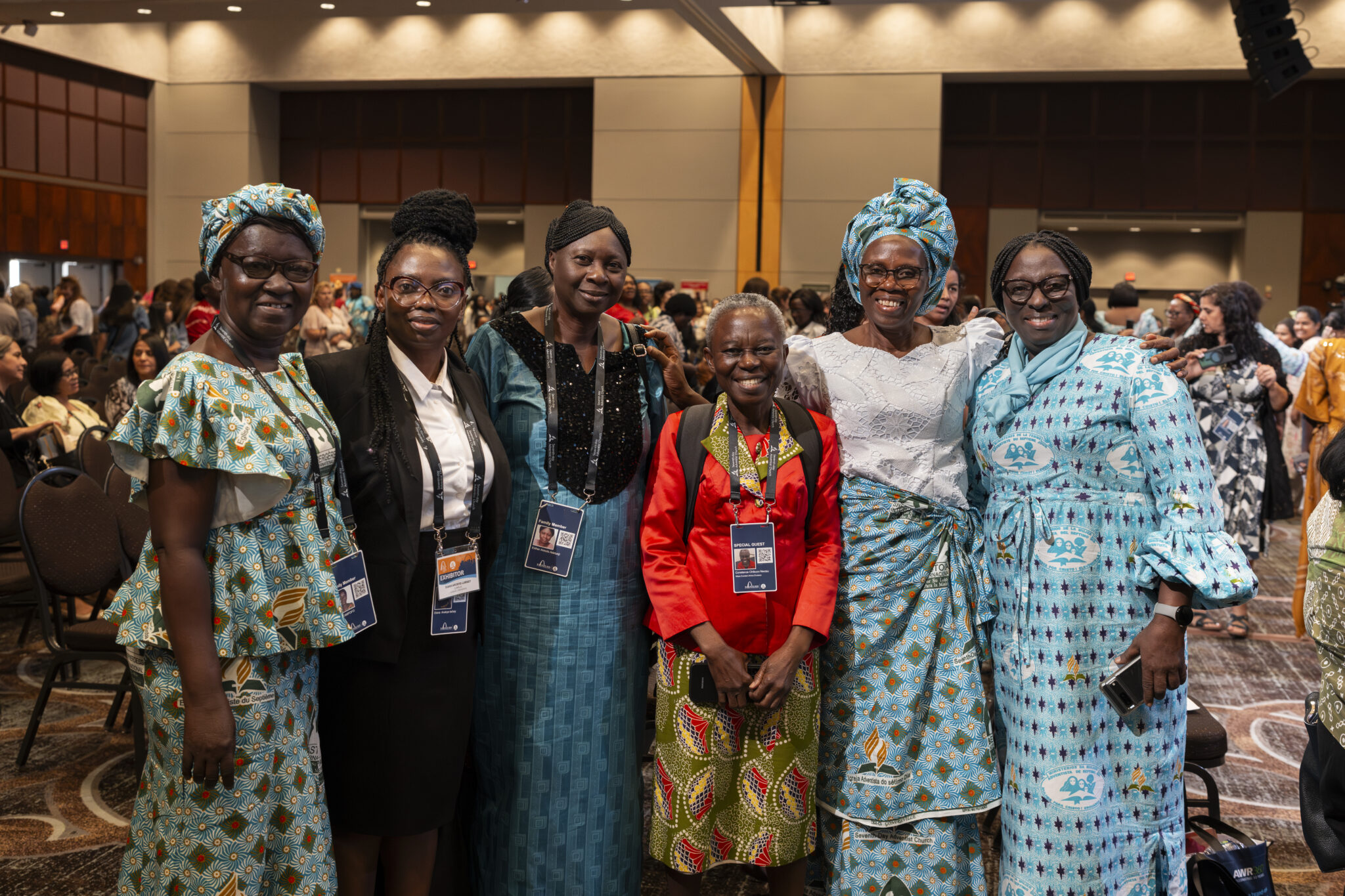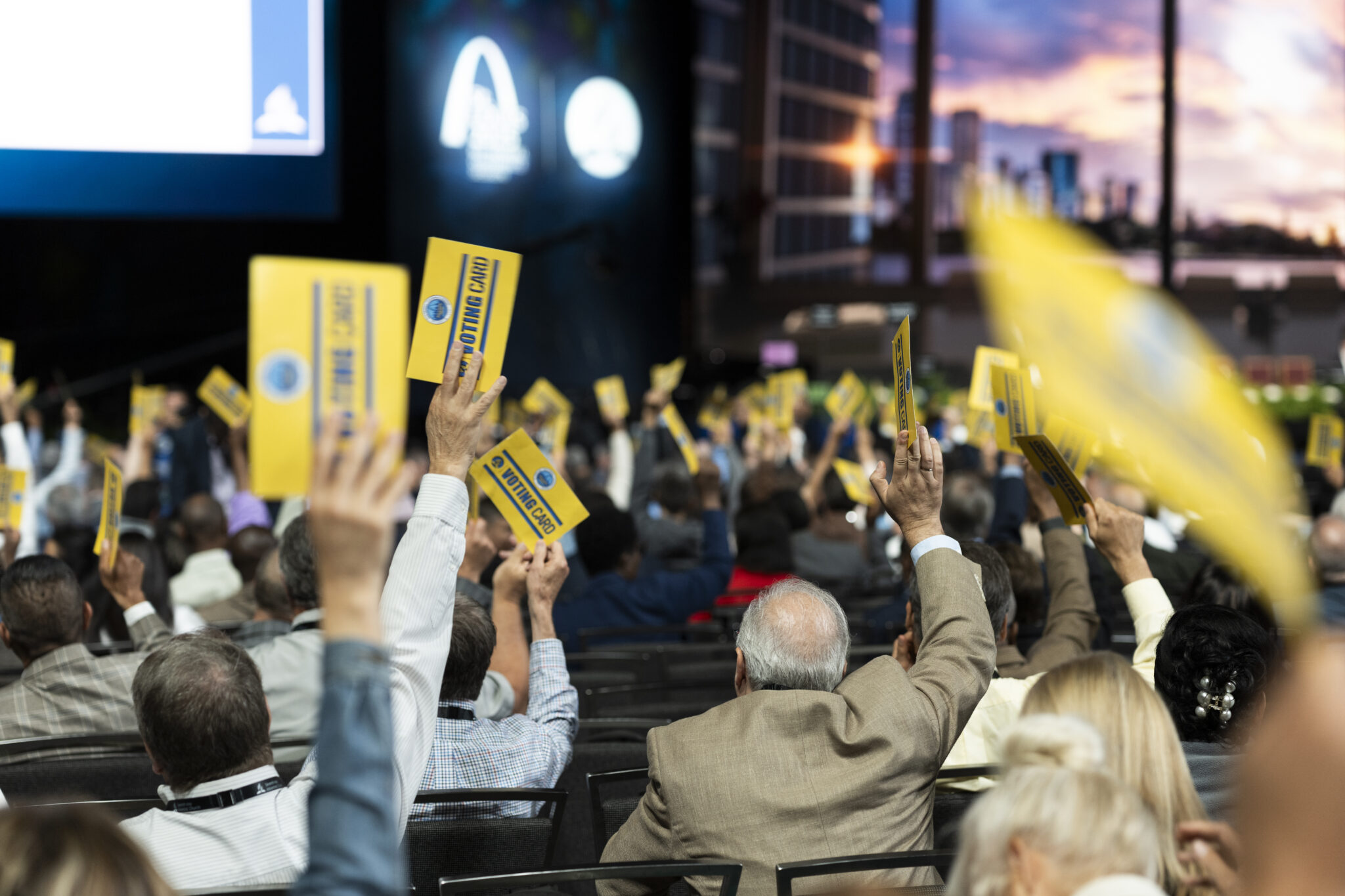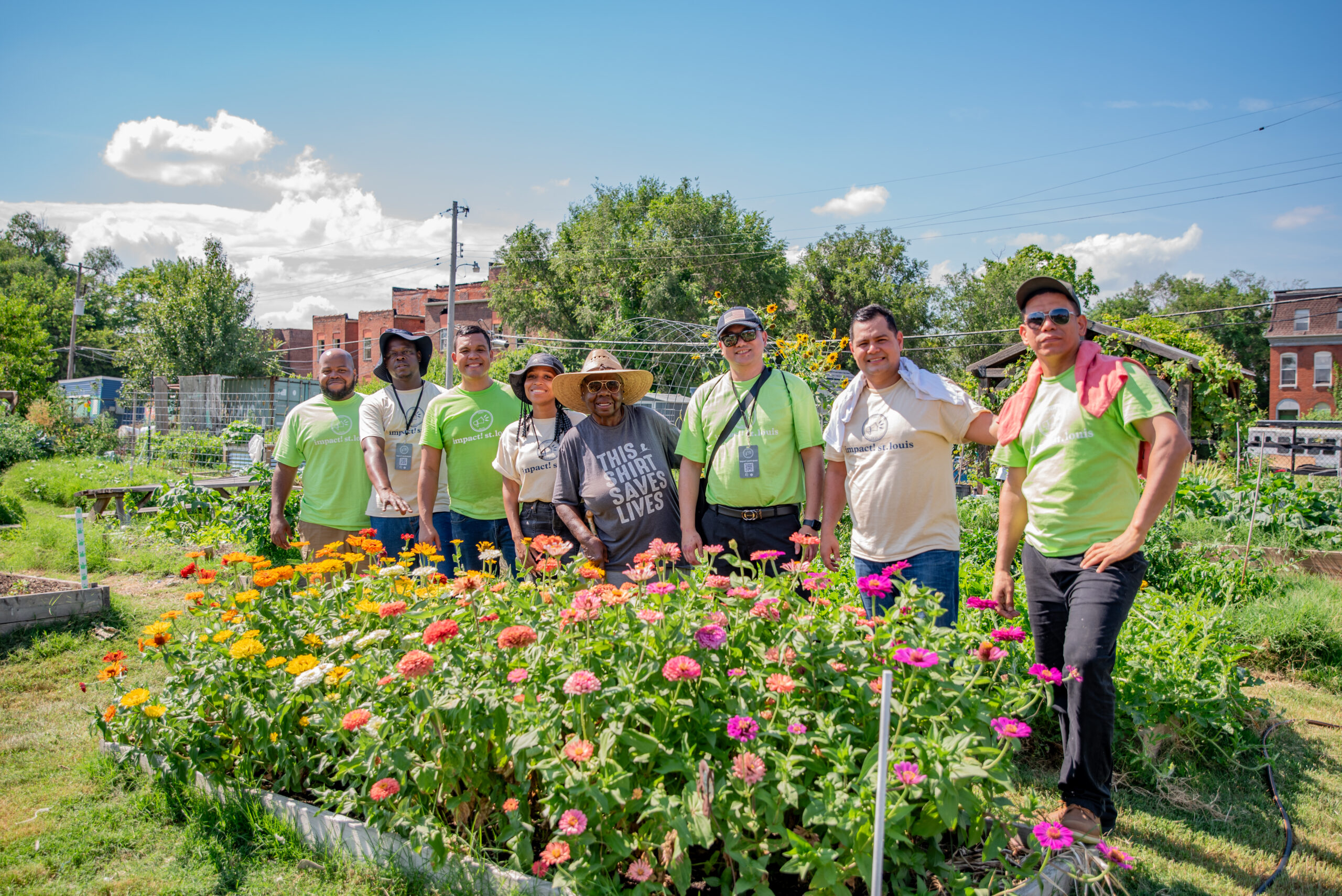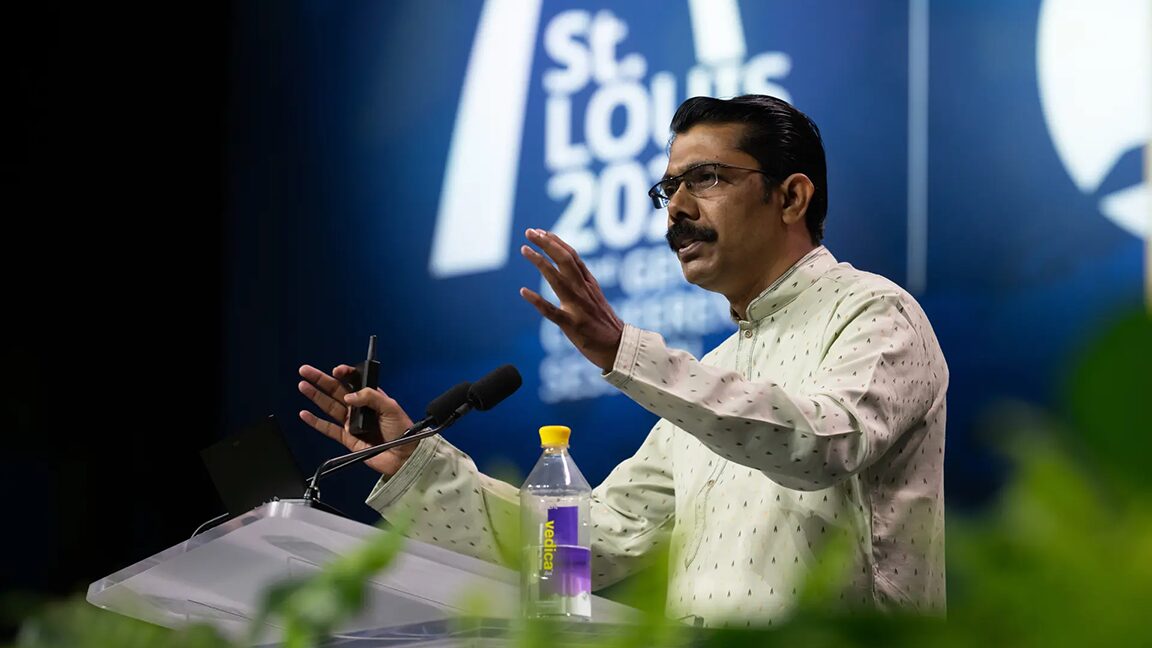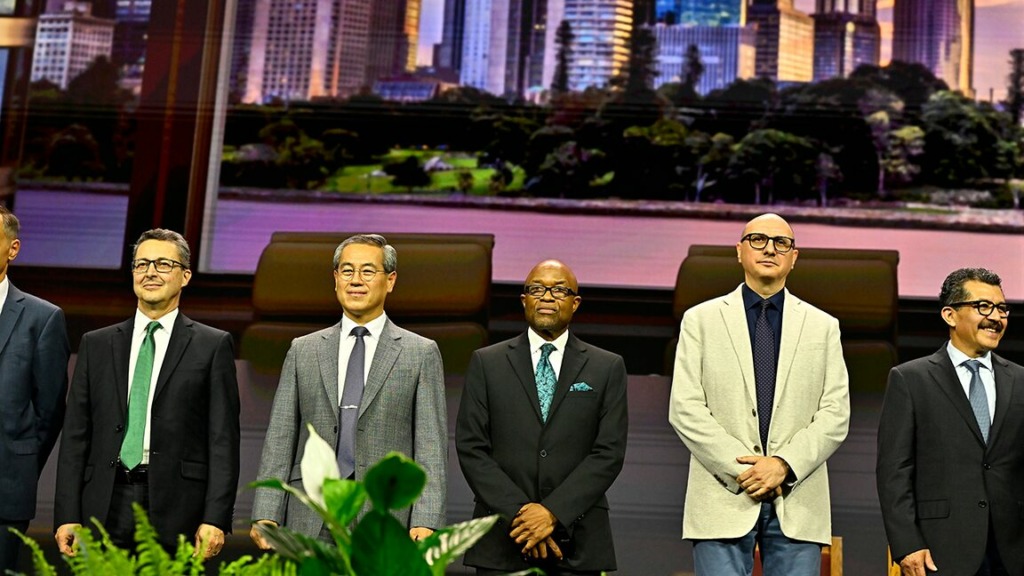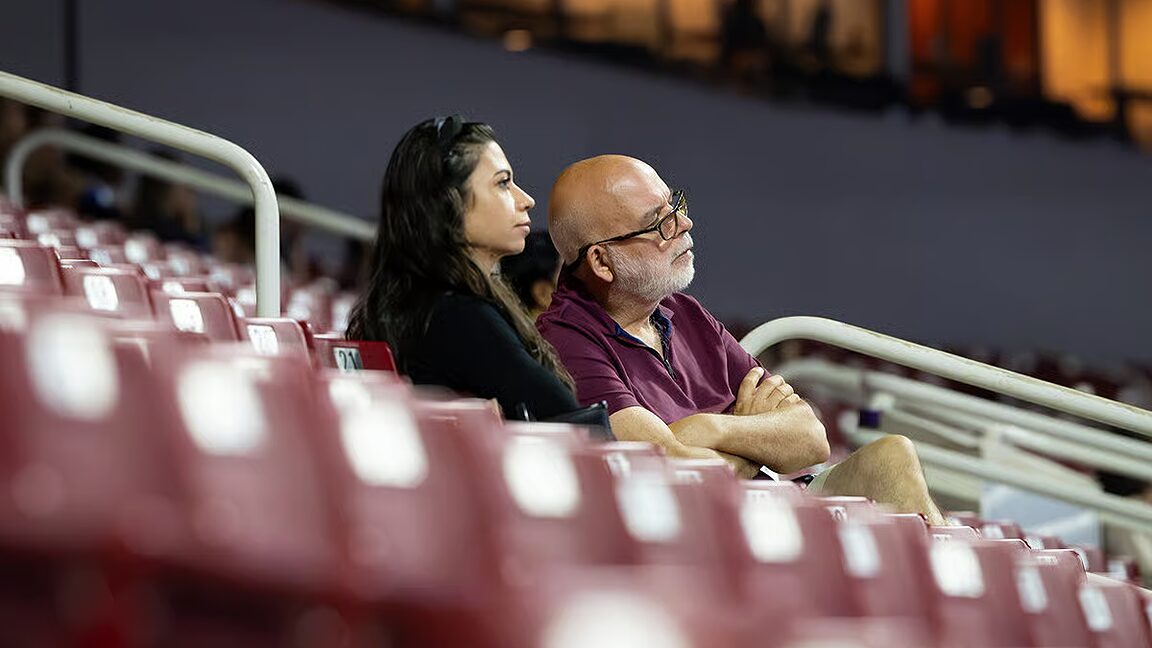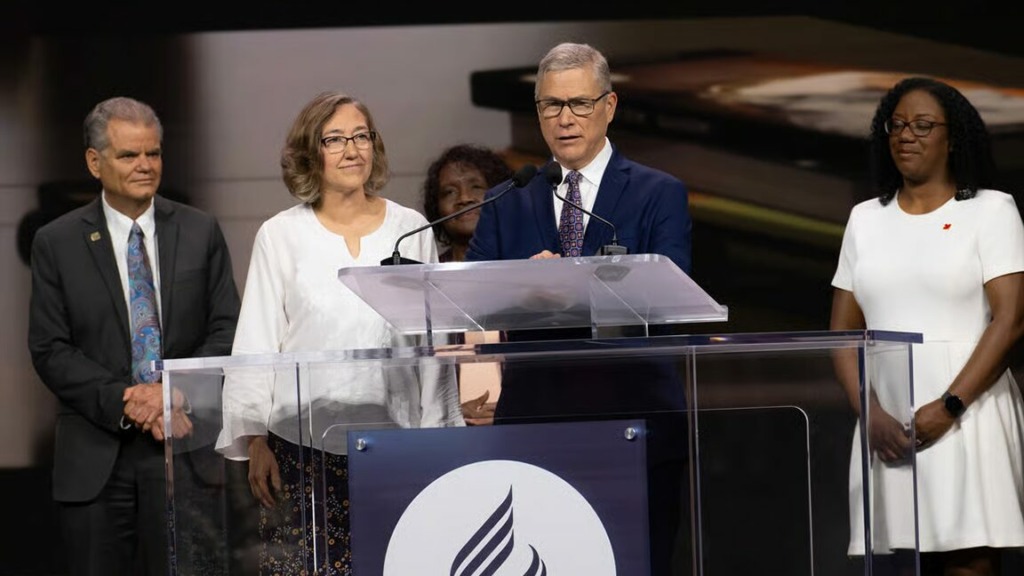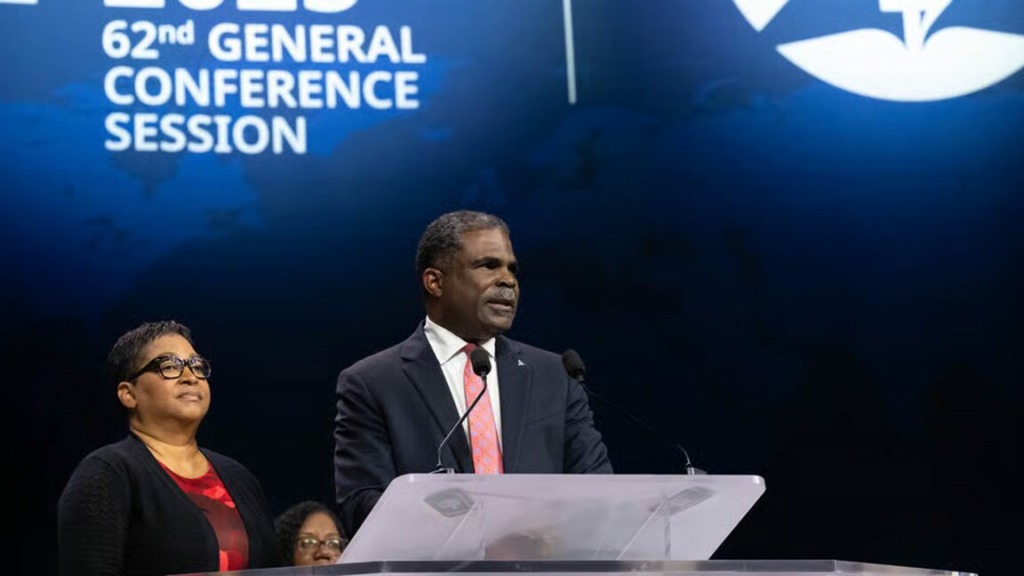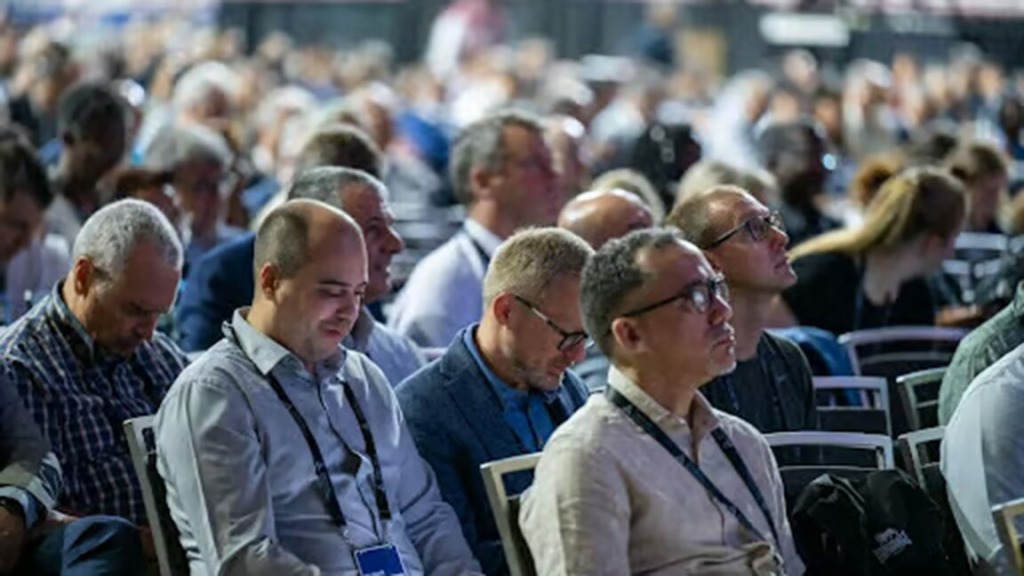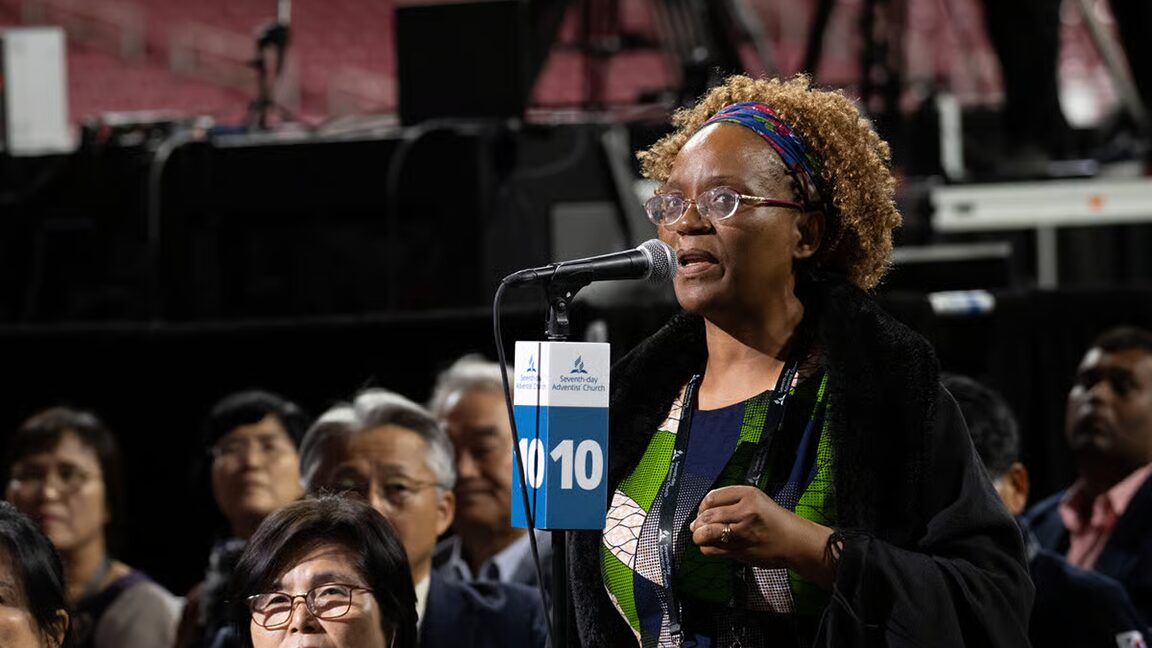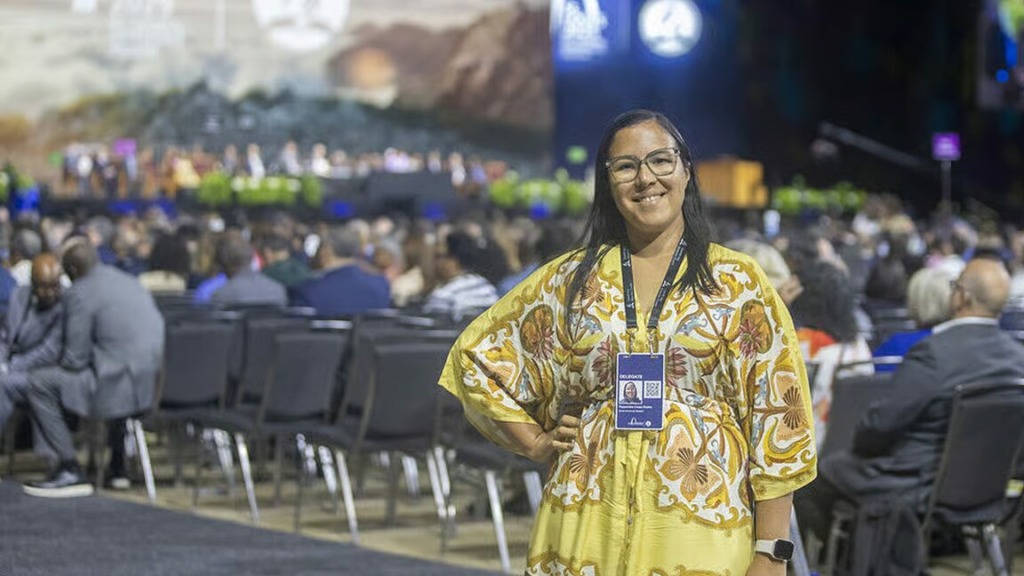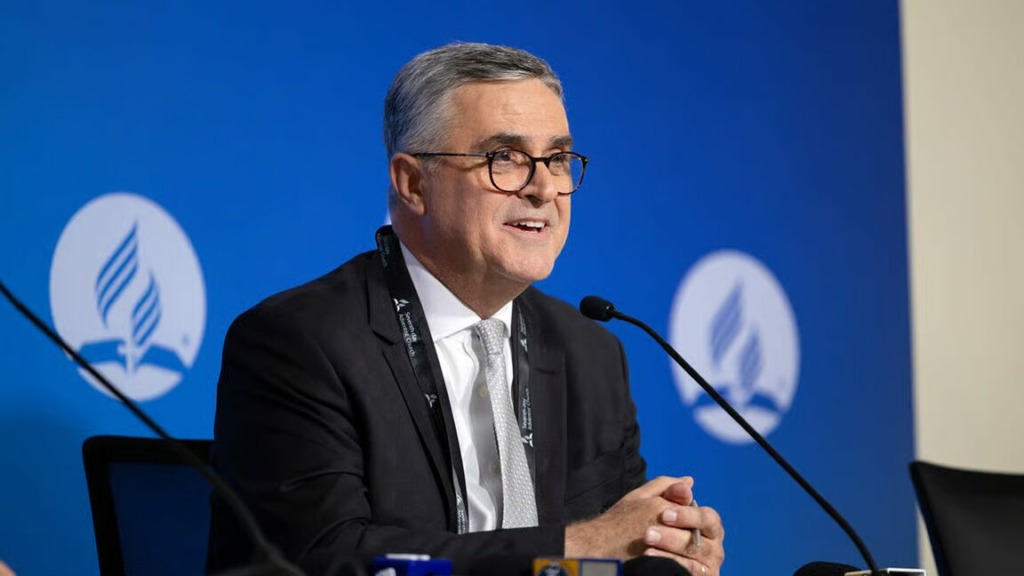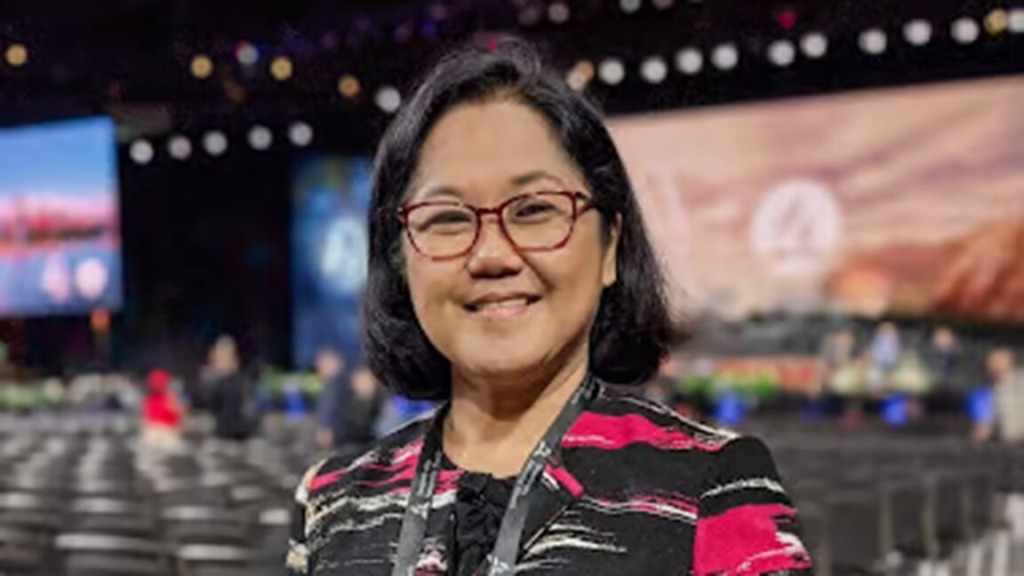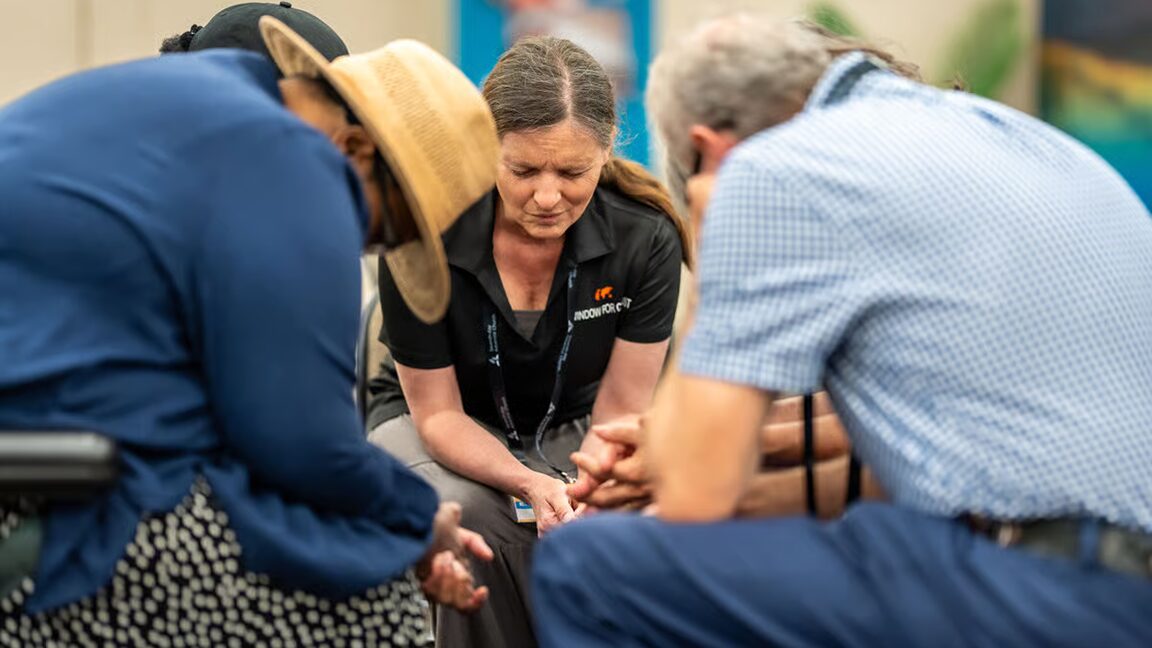By Liz Kirkland
The moment I stepped into America’s Center Convention Complex for the 62nd General Conference Session, I was swept into a current of humanity—so many people from so many places filling the facility.
While more than 99 percent of the tens of thousands of people in attendance are technically strangers to me, there is still the knowledge that we are all bound by our love of Jesus and our support of the Seventh-day Adventist Church. You can look anyone in the eye and find a smile, a nod, a gesture, a kind glance. We don’t always speak the same language, but we share the same Spirit. Even the smallest moments feel uniting.
As a first-time delegate and GC Session attendee, I wasn’t certain what to expect. After the 2024 International Pathfinder Camporee in Gillette, Wyoming, I anticipated being similarly overwhelmed and overstimulated—and I was right. This is particularly true in the exhibitor hall, with some of the best-designed exhibit booths I have ever seen.
One thing that struck me immediately is the global tapestry of the Seventh-day Adventist Church present here. As you walk around, you hear the hum of many languages and see the traditional cultural dress from around 200 countries. Around 60 interpreters are employed during the session to provide translations in eight languages. Every session, every motion, every amendment is translated and relayed in real time, keeping the 2,809 delegates united in purpose, if not always in opinion.
Amidst the diversity and density, everything runs with remarkable order. With previous experience in event management, I give sincere praise to the logistics team for maintaining timetables, moving thousands of people expeditiously through food lines, organizing more than 100 vendors, and attending to the needs of multigenerational, multicultural delegates and families. The complex is a machine with a pulse—structured but alive.
The session floor is a room I never imagined walking into where I didn’t just get a seat, I got a voice with my fellow believers. To be chosen from your region to cast votes that shape the policy and direction of the global church leaves you with the feeling of both humility and a huge sense of responsibility.
Of course, not everything is awe-inspiring. Some items on the agenda move with lightning speed while others drag on with the number of people at the microphones. Sessions can run long, the mood can shift to irritability, and fatigue can become a spiritual test.
And then there are the commenters, those well-meaning individuals who feel compelled to speak to seemingly every motion, even the ones that seem procedural or self-evident. Yet, the very act of people stepping up to the microphone is one of the most compelling parts of the session. The floor becomes a window into the values, histories, and passions of regions far from your own. It becomes evident that unity in mission may not necessarily mean uniformity in faith experience.
I can say mid-session that I am physically tired but still spiritually energized. Each day at session reminds me that my church family is not just a local congregation or even a national organization, but a global family—passionate, hopeful, messy, and deeply connected. Being a delegate hasn’t just given me a vote; it has given me a sense of what it means to belong to a faithful group of Christ’s followers.
—Liz Kirkland is the RMC Communication director. Republished with permission from the NAD News July 10, 2025, article. Photos by Caleb Durant and Bryant Taylor.

